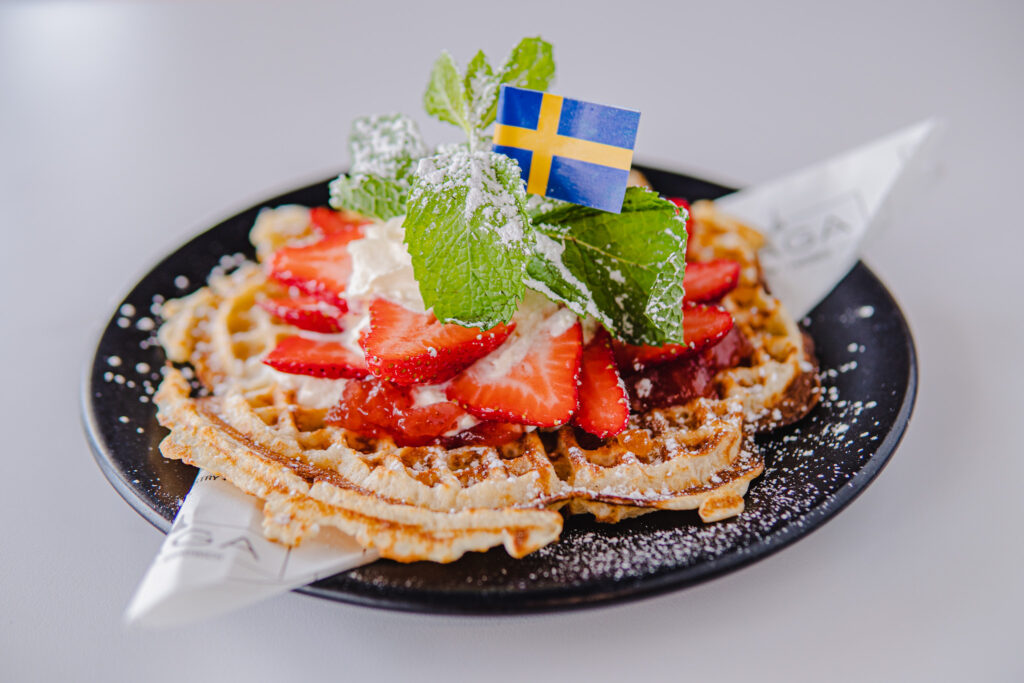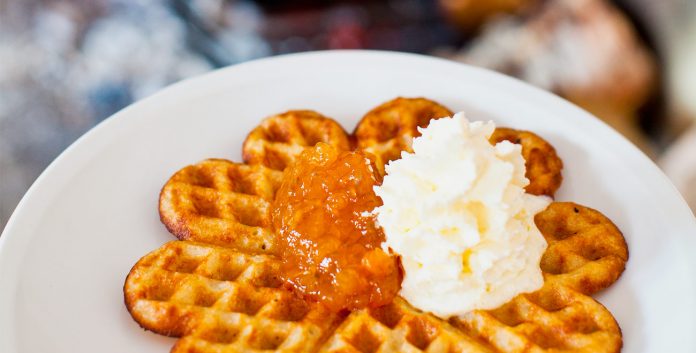Who doesn’t like a crisp savory waffle? The Swedes sure do – so much so that they even celebrate a National Waffle Day that occurs on March 25 every year.
Eating waffles is an old tradition in Sweden that can be traced all the way back to medieval times. The name Waffle Day (Våffeldagen) was originally a mispronunciation of the name ‘Vårfrudagen’, which was said to be the day that archangel Gabriel appeared to the Virgin Mary to announce that she was carrying baby Jesus.
READ: Recipe: Everything You Need To Make The Ultimate Swedish Waffle

It was during the 1500s, that the Swedish church ultimately decided to make March 25 the official date of Vårfrudagen, better known today as National Waffle Day. This was known to be the day when winter would turn into spring, and farmers would start sowing their crops.
The beginning of spring would usually mean an increased availability of eggs and milk during a time when Swedes were relatively poor and could not afford to eat large meals. For these reasons, it became even more important for the Swedes to celebrate the making of waffles with those precise ingredients.
Swedish waffles are much thinner than the famous Belgian waffles and come in a circular shape rather than a square like most waffles we see today. It was during the 1700s when the iron stove came to Sweden that it became more convenient to simply make the waffles in a circle-shaped waffle iron. It is from those waffle irons that today’s heart-shaped irons originated.
This article was first published on March 25, 2018, and has since been updated.






Interesting and yummy… Just one question about the history: when was “våffeldagen” originally celebrated? The text mentions that this was 9 months before the birth of Jesus Christ, but it is also said in the text that the church later on changed this date to March 25. Which just happens to be exactly 9 months before Christmas.